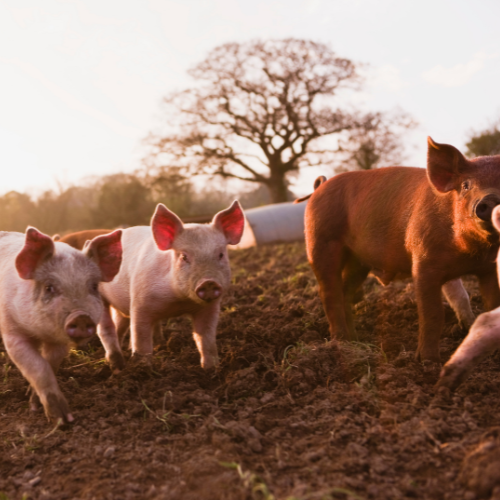Animal nutrition and microbiome: study design & sample collection
Why are microbiome studies so important in feed industry nowadays? For innovators in the feed industry, developing products that enhance animal health and performance is a key focus. Whether it's a functional ingredient, a diet formulation, or a probiotic additive, your goal is to position products on the market with a demonstrated effect on animal health and performance. Feed or animal trials are a powerful means to demonstrate these effects. Once you've identified a positive effect on animal health or performance, delving into the gut microbiome can provide valuable additional insights. The composition of the gut microbiome directly influences gut health, which in turn affects animal health. By conducting a microbiome study, you can gain a deeper understanding of your product's mechanisms and use the findings for strategic product marketing to gain a competitive edge.
.png?width=1200&length=1200&name=Webinar_presentation_231122%20(3).png)
.png?width=1200&length=1200&name=Webinar_presentation_231122%20(4).png)
.png?width=1200&length=1200&name=Webinar_presentation_231122%20(5).png)
Let's explore the process of setting up a microbiome study. A key tip is that there's no need to conduct a separate animal trial specifically for a microbiome study. You can utilize the same study setup as for your product testing. Collect the samples you wish to analyze for the microbiome and store them for later use. However, there are specific considerations for microbiome studies, such as the number of samples per group/treatment and timepoint. It is recommended to have at least five samples, but ideally aim for around 10 samples per treatment and timepoint. This is crucial for robust data analysis in microbiome studies, as having more samples enhances the reliability of the statistical outcomes. Additionally, when working with animals in different pens, it's helpful to consider the following scenario. For instance, if you have a control group and a treatment group, each consisting of five pens with six animals in each pen, you should ensure that you select one animal from each pen in both groups. This means taking five animals from the control group, with each animal originating from a different pen, and doing the same for the treatment group. By following this method, you will have five animals in each group.
.png?width=1200&length=1200&name=Webinar_presentation_231122%20(7).png)
-1.png)

-1.png)